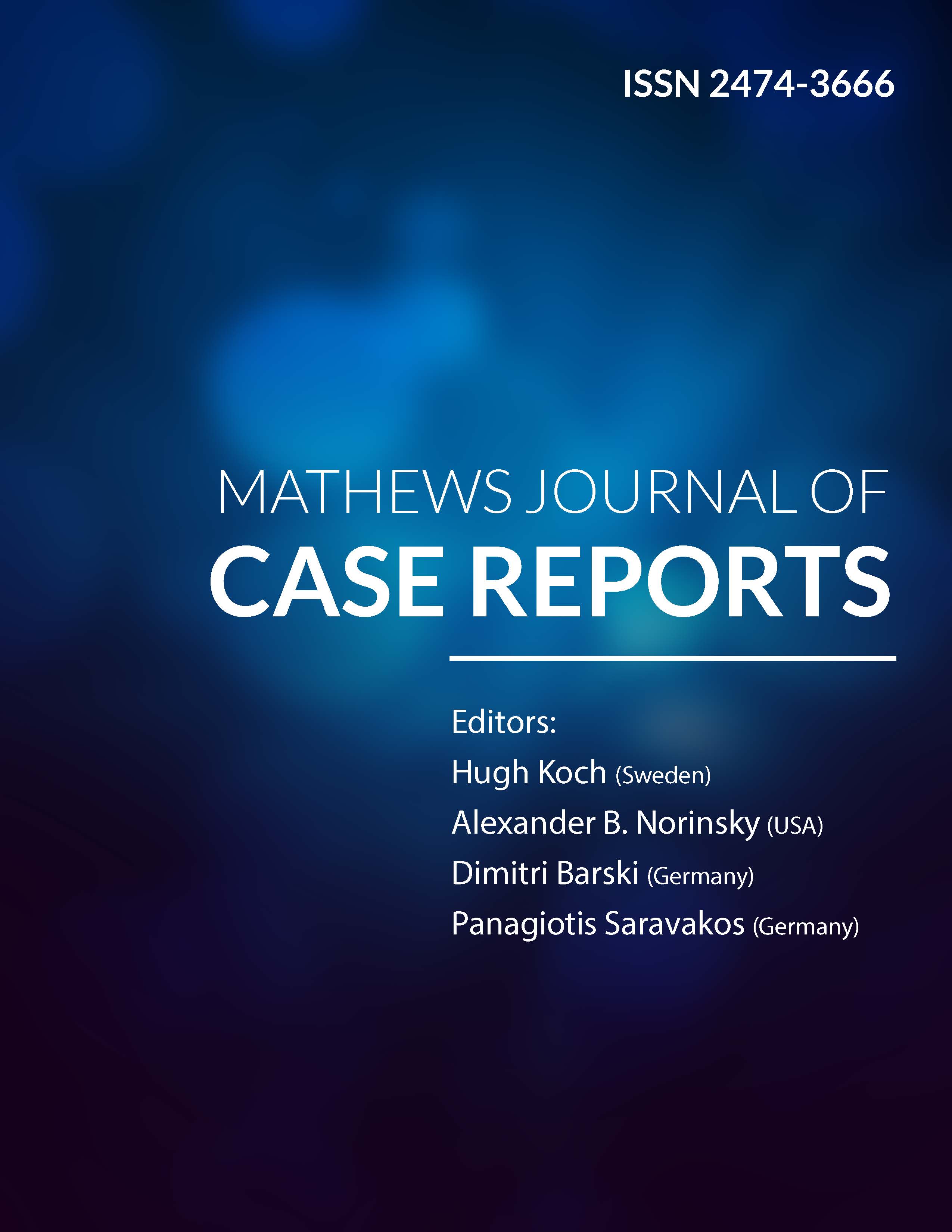
Information Links
Previous Issues Volume 8, Issue 7 - 2023
Multiple Choledochan Litiasis: Presentation of a Case
Yosniel Lugo Echevarría1, Anaisa León Mursull2, Pedro Rolando López Rodríguez3,*
1First Degree Specialist in General Surgery of General Surgery Service of the General Teaching Hospital “Dr. Enrique Cabrera”, Havana, Cuba
2Specialist in Comprehensive General Stomatology at the “Felipe Soto” Stomatology Clinic, Havana, Cuba
3Specialist in First and Second degree in General Surgery, Consultant Professor, Assistant Professor and Assistant Researcher of the General Surgery Service of the General Teaching Hospital “Dr. Enrique Cabrera”, Havana, Cuba
*Corresponding author: Dr. Pedro Rolando López Rodríguez, Specialist in First and Second Degree in General Surgery, Consultant Professor, Assistant Professor and Assistant Researcher of the General Surgery Service of the General Teaching Hospital “Dr. Enrique Cabrera”, Havana, Cuba, ORCID: 0000-0001-5646-1699, Phones: +34 678908782 & +53 50103460; Email: [email protected].
Received Date: April 19, 2023
Published Date: May 18, 2023
Citation: Rodriguez PRL, et al. (2023). Multiple Choledochan Litiasis: Presentation of a Case. Mathews J Case Rep. 8(7):115.
Copyrights: Rodriguez PRL, et al. © (2023).
ABSTRACT
Introduction: Choledocholithiasis is the most common cause of bile duct obstruction, occurring in 10-20% of patients with cholecystolithiasis, 7-14% of patients with cholecystectomy, and 18-33% of patients with acute biliary pancreatitis. Objective: To present a case with a giant multiple choledocholithiasis, with good evolution. Clinical Table: Female patient of 57 years of age, mixed race, smoker, hypertensive, with a history of vesicular lithiasis that was operated 28 years ago where initially it is treated by videolaparoscopy but in the transoperative it is determined its conversion to conventional cholecystectomy. The same goes to consultation of the area because it begins with pain in the epigastrium, dyspepsia, urine dark urine and sometimes gray stool for which they indicate a study and assess by the services of gastroenterology, general surgery where the surgical intervention is decided. Initially treated by ERCP and subsequently performed a Choledocholithotomy with placement of Kerh probe. Conclusions: The patient showed a favorable evolution.
Keywords: Lithiasis Choledocyan, Choledocholithiasis, Choledochotomy.